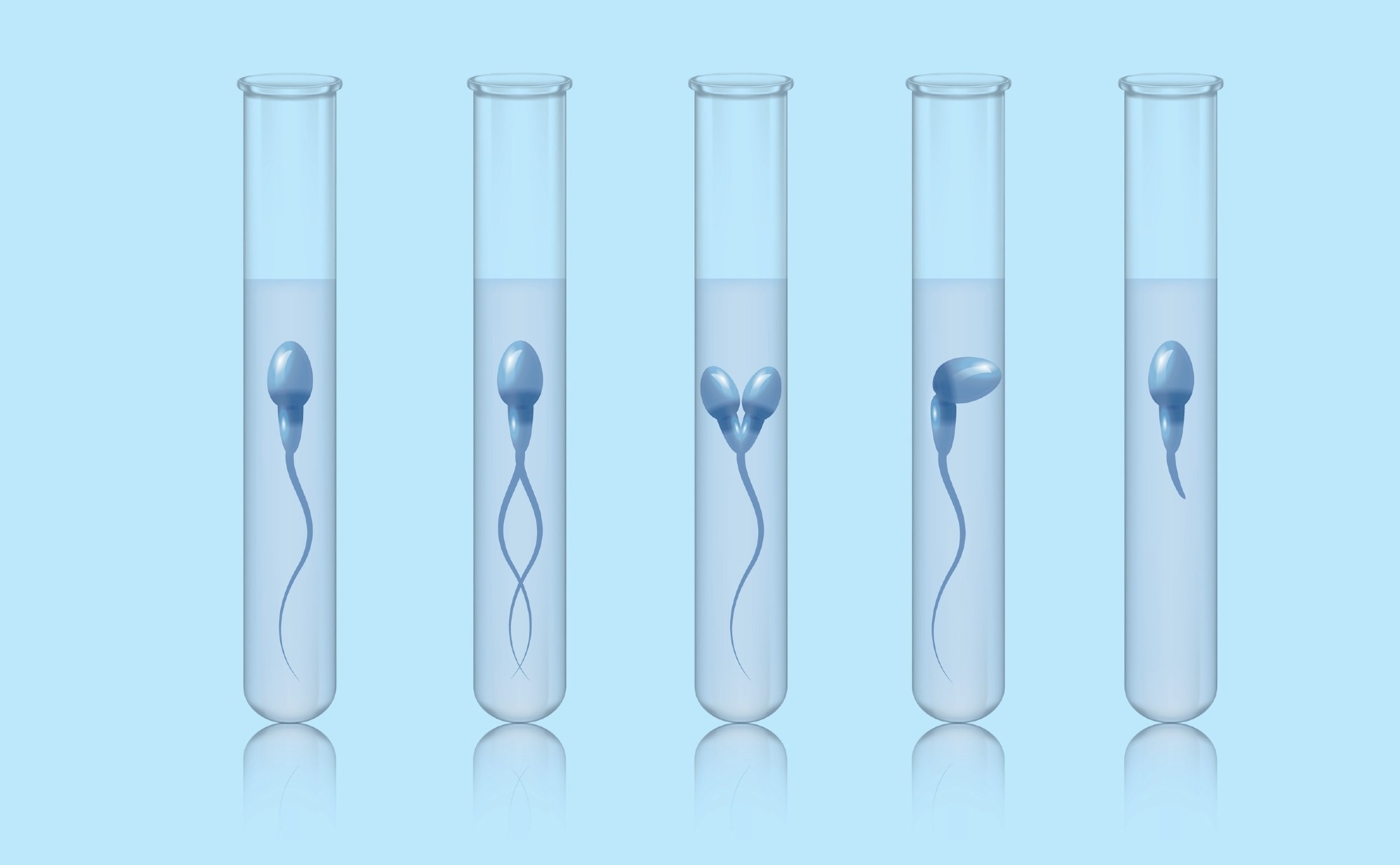In a recent study published in the journal Nature Reviews Urology, researchers addressed the most pertinent questions concerning male infertility. They discussed the current understanding of the subject, as well as the areas and opportunities for improving male reproductive health.
 Expert Recommendation: Frequency, morbidity and equity — the case for increased research on male fertility. Image Credit: Vadi Fuoco / Shutterstock
Expert Recommendation: Frequency, morbidity and equity — the case for increased research on male fertility. Image Credit: Vadi Fuoco / Shutterstock
Background
Although the incidence of infertility among middle-aged men and women is almost equal, the dearth of understanding about aspects related to male gamete production and the impact of lifestyle and environmental factors has resulted in a lack of clarity about the etiology of male infertility. The health system also fails to understand the importance of male infertility as a biomarker for other systemic illnesses or the benefits of improved knowledge of male reproductive health in medically assisted reproduction (MAR) technology.
The tests to precisely diagnose male infertility are still rare, and infertility is mainly diagnosed using family histories, semen analyses, physical examinations, and surrogate markers in the form of hormone profiles. Furthermore, the categories used to group men who seek MAR are broad, such as azoospermia, asthenozoospermia, oligozoospermia, and teratozoospermia, which can have multiple underlying causes. The lack of clarity about male infertility makes it difficult to treat the condition and often results in the female partner being misassigned the burden of treatment in cases of infertile couples seeking MAR.
About the study
In the present study, the researchers emphasize the need for a better understanding of the underlying causes of male infertility, such as an interplay of epigenetic and genetic factors and the influence of lifestyle choices and environmental factors. Furthermore, they believe that the issue of male infertility extends beyond the conception of offspring and also impacts other aspects of health, with studies indicating that the disease burden is higher among infertile men than fertile men. The need to better understand male infertility is imperative also from the perspective of ensuring that children conceived through MAR do not inherit the genetic factors that cause male infertility.
The present review was a result of a request from the Male Reproductive Health Initiative (MRHI), which is part of the European Society of Human Reproduction and Embryology, for a recommendation document that could provide clarity on the current knowledge about male reproductive health and medicine, and identify research gap areas for further improvement. This document is intended for researchers in the field, as well as the governments and general public. The recommendations address some of the most pertinent questions related to male infertility and are a result of consultations with experts in the field of andrology research, public policy, and clinical practice from across the globe.
Results
The researchers identified 13 of the most vital questions regarding male infertility and addressed these questions with the aim of improving the understanding, diagnoses, and treatment options for male infertility. The first question addresses the global prevalence of male infertility, and surprisingly, there is a lack of clarity on the subject. An accurate estimation of the prevalence of male infertility has proven difficult because most of the information comes from data from infertility clinics or from studies examining populations that are at risk, such as those exposed to specific toxins.
Furthermore, assessments of male infertility are based on semen analysis from heterosexual couples seeking MAR. The prognostic ability of semen analysis is not accurate, and the ability to conceive is based on the combined fertility of the couple. Therefore, in many cases, men with impaired spermatogenesis and reduced fertility still manage to conceive if their female partner is healthy, and cases often come to light only if the female partner also suffers from reduced fertility.
With regard to diagnostic techniques, the review discussed the combination of methods currently used to diagnose male infertility but highlighted the lack of clarity in determining the causality of the cellular or physiological deficits identified through these tests.
The other areas of concern discussed in the review included the current treatment options that exist for addressing male infertility and the need for improved options. The review also discussed the genetic factors, as well as the lifestyle choices and environmental factors that impact male fertility. Epigenetic factors and their influence on male fertility and the inter-generational consequences of these epigenetic factors were also discussed.
Some of the other aspects of male reproductive health addressed in this review were the economic burden, as well as the disease burden, of male infertility and the possibility of developing gamete storage or restoration protocols before the administration of medical interventions.
The study also addressed the long-term impact of compromised fertility on the health of children conceived naturally or through assisted reproduction to men with impaired fertility. Lastly, the researchers addressed the need for improved communication about andrology and male infertility with health professionals, policymakers, funding agencies, and the general public.
Conclusions
Overall, this comprehensive review on male reproductive health addressed the significant areas of research, including a better understanding of the prevalence of male infertility and improved diagnosis and treatment methods. The researchers also discussed the need to understand the underlying causes of male infertility and to improve the communication of information about andrology to various stakeholders and the general public.